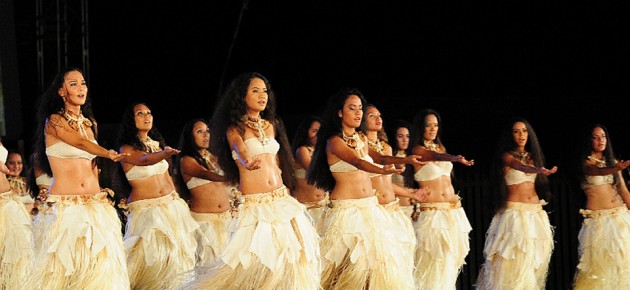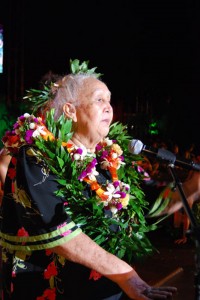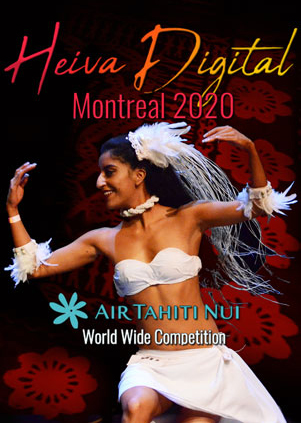Basic Techniques: Tahiri and Otamu
Tahitian dance is becoming a popular practice around the world, but the truth remains that most dancers did not learn their technique from Polynesia.
The majority of Tahitian dancers have been taught by instructors who were often themselves taught by dancers from other countries.
While teaching workshops throughout Europe and Japan, I have had the opportunity to view both the best and the worst. We must remember that the transmission of dance was suppressed throughout the 19th century and that the influence of cultural and spiritual colonization does not allow individuals today to fully understand the original techniques utilized.
The techniques taught at the Conservatoire come from the result of extensive research on the dancing movement.
This research, founded on the observation of the moving body, comes to the world as a result of the work of Mamie Louise Kimitete.
In addition to multiple studies, we can also accredit our knowledge of Tahitian dance to movement analysis and medical knowledge of the body concerning physiotherapy and functional medicine.
Utilizing Space
During Tahitian dance, steps move in all directions. These movements are called oscillations and ellipses, which rotate using the spine as an axis.
These steps and rotations are executed using body weight strength and weight transfer.
Movements executed by the lower half of the body should never affect the torso. You will be able to freely execute gestures when performing steps.
Body gestures and dance steps are rigorously coordinated. Traditionally, only gestures are used to express the dance theme.
Nevertheless, while participating in Tahitian dance competition, dance steps and figures must also contribute to the argument of the theme, which is the argument of the performance.















